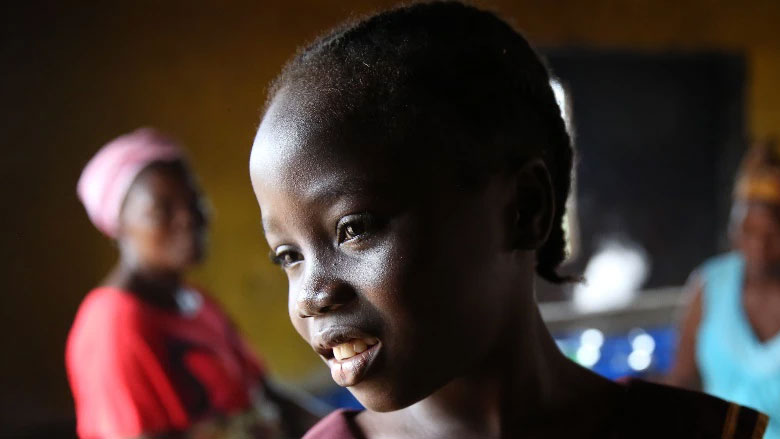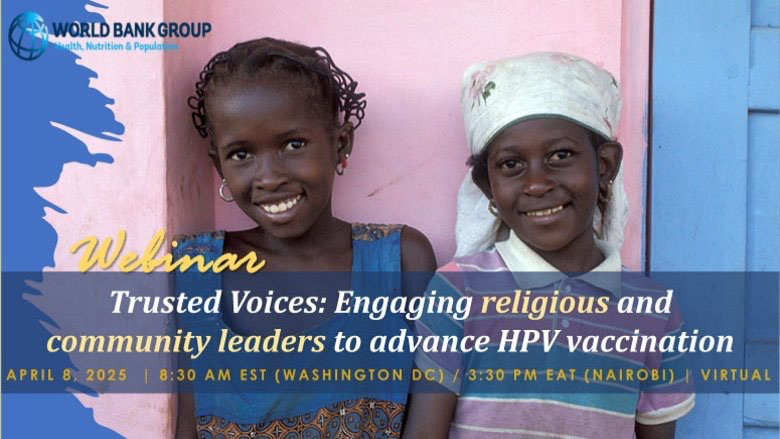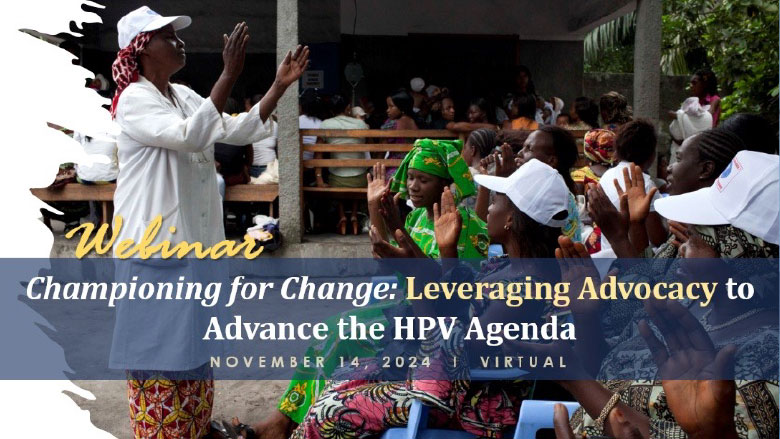Cervical cancer—principally caused by certain strains of the human papillomavirus (HPV)—is highly preventable. In Africa, poor access to prevention, screening and treatment contributes to 90 percent of the deaths from it. The continent accounts for nearly a quarter of global cervical cancer deaths, with over 72,000 women dying each year, often in the prime of their lives.
A single dose of the HPV vaccine has been shown to offer high protection against the most dangerous HPV infections. Governments are moving from a two-dose approach to a single-dose approach as this enables them to reach more girls. But the vaccine is not yet rolled out in every country, and where available, access can be limited—especially for girls who are out of school, living with HIV, or in hard-to-reach areas.
Expanding equitable, efficient, and sustained vaccine delivery is key to protecting futures and preventing avoidable deaths. This includes reaching the last mile through community health workers, schools, social registries, and tailored outreach strategies. For women who did not receive the vaccine as girls, cervical cancer screening and early management of pre-cancer or cancer remains critical. However, less than 6 percent of eligible women in Africa have ever been screened and ost cases are detected too late for effective treatment.
Three pillars—vaccination, screening and treatment—form the backbone of the WHO Global Elimination Strategy which aims to eliminate cervical cancer as a public health problem by 2030.




